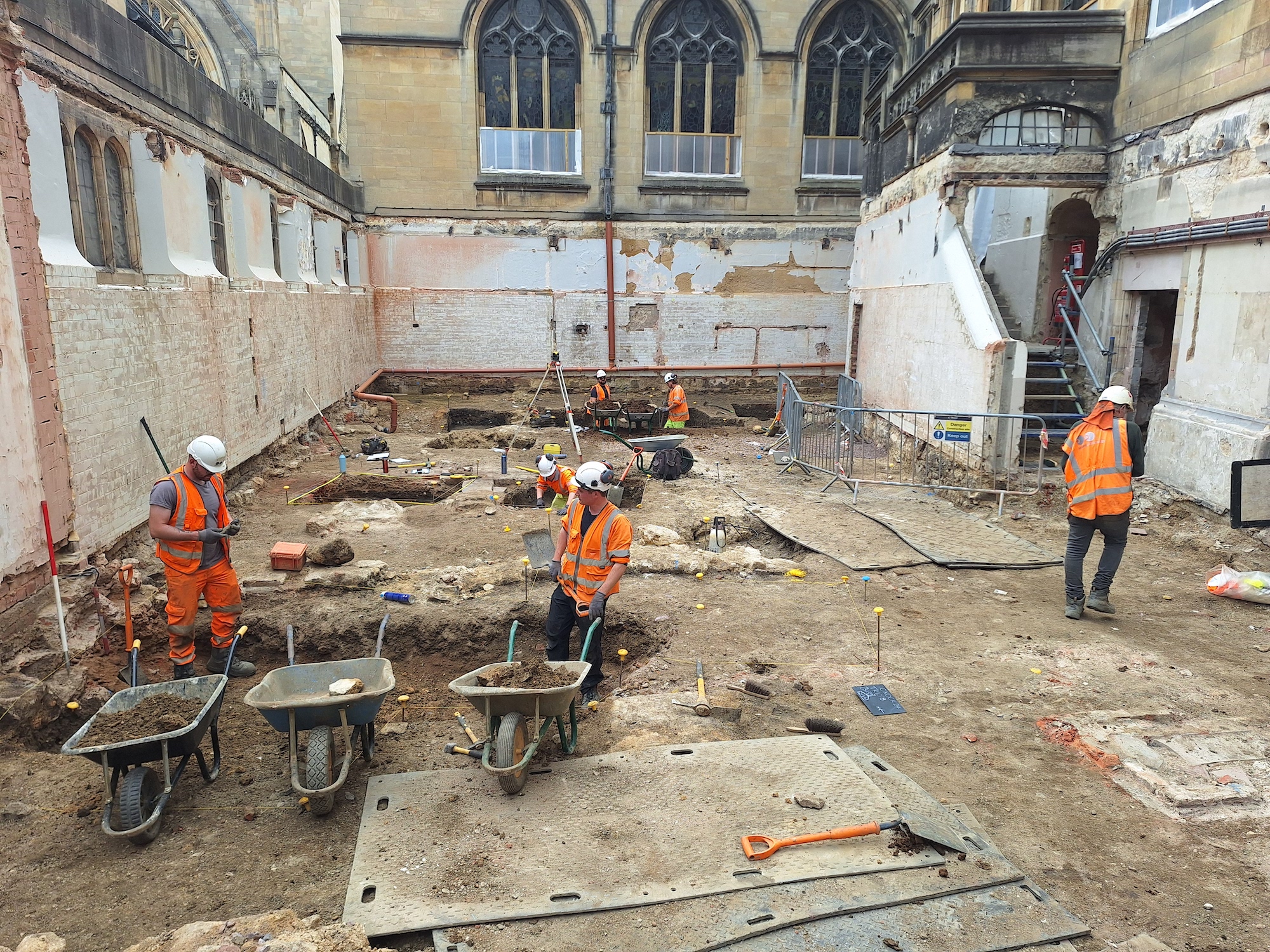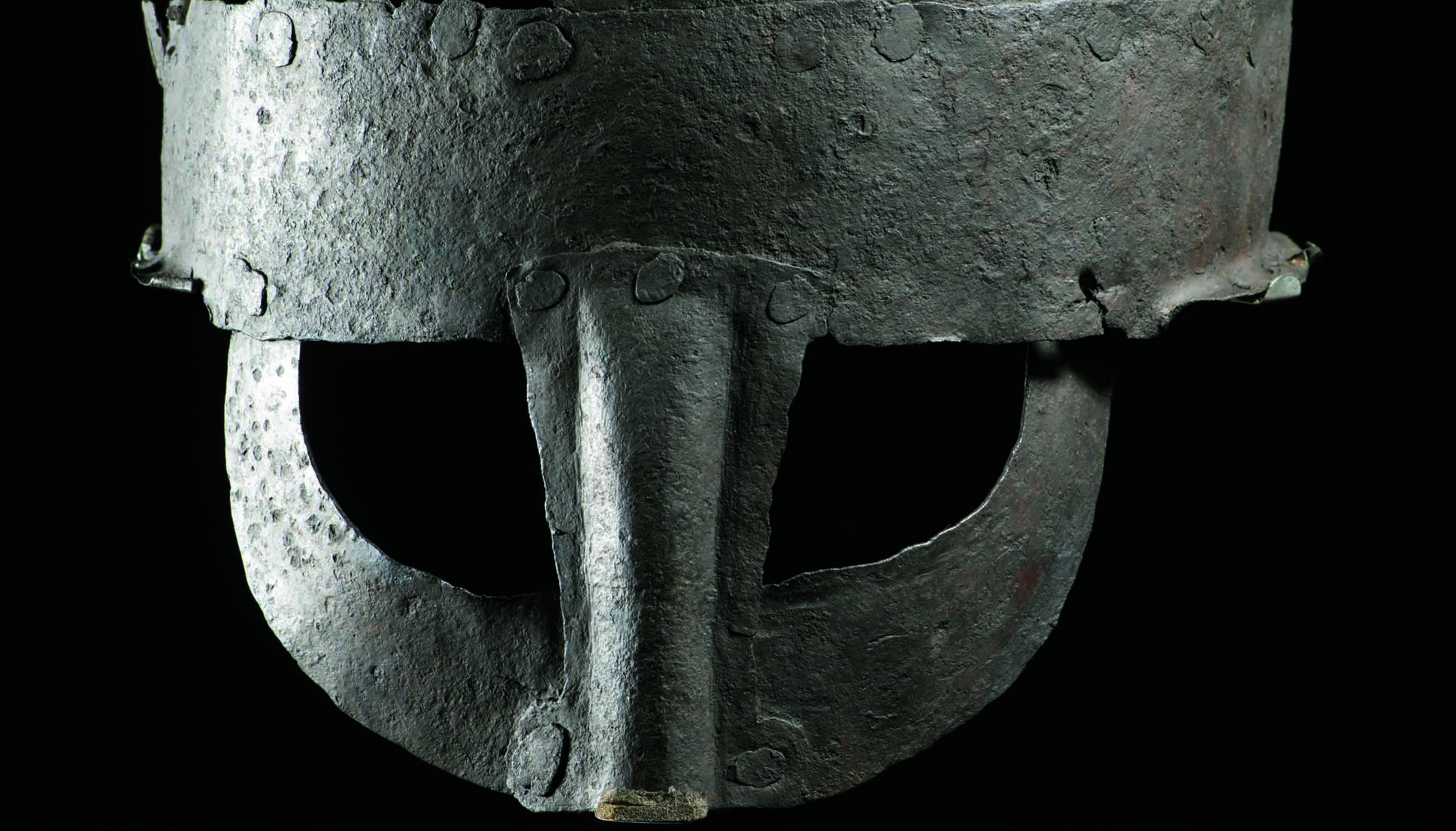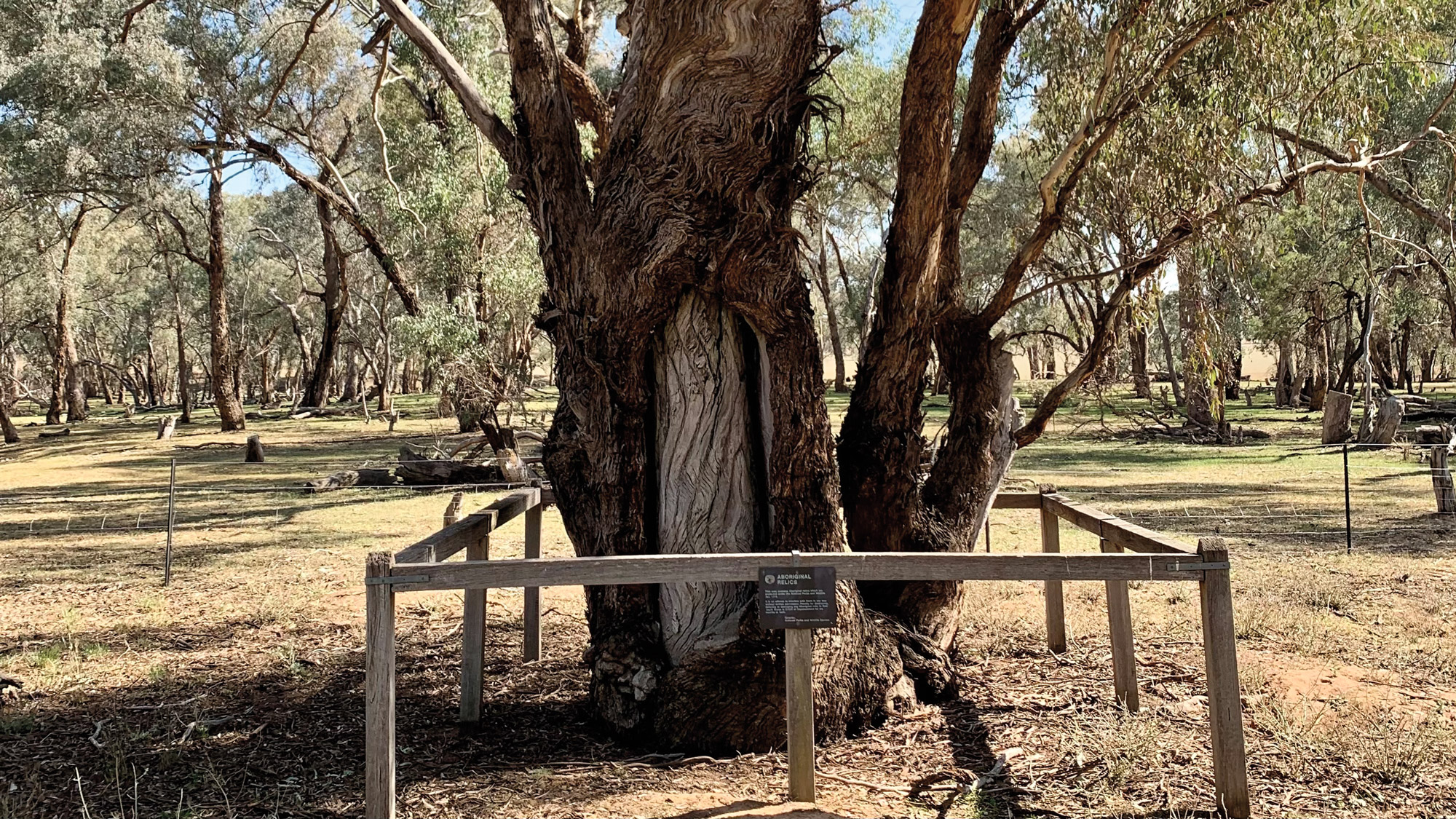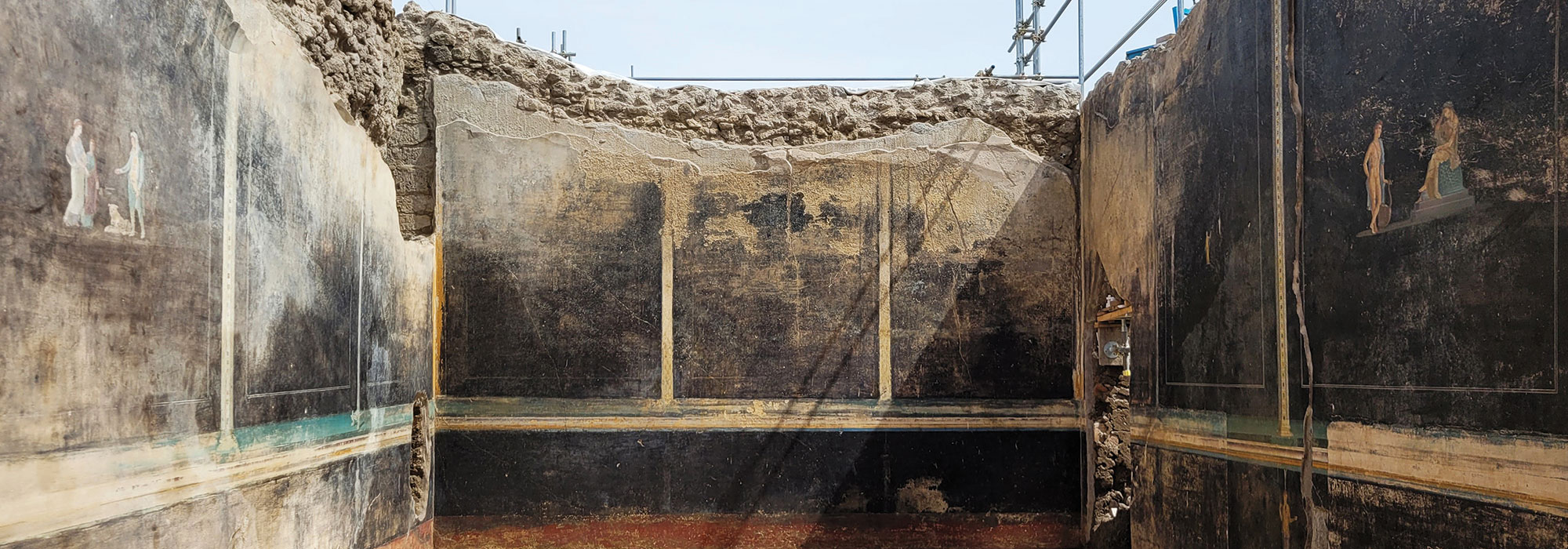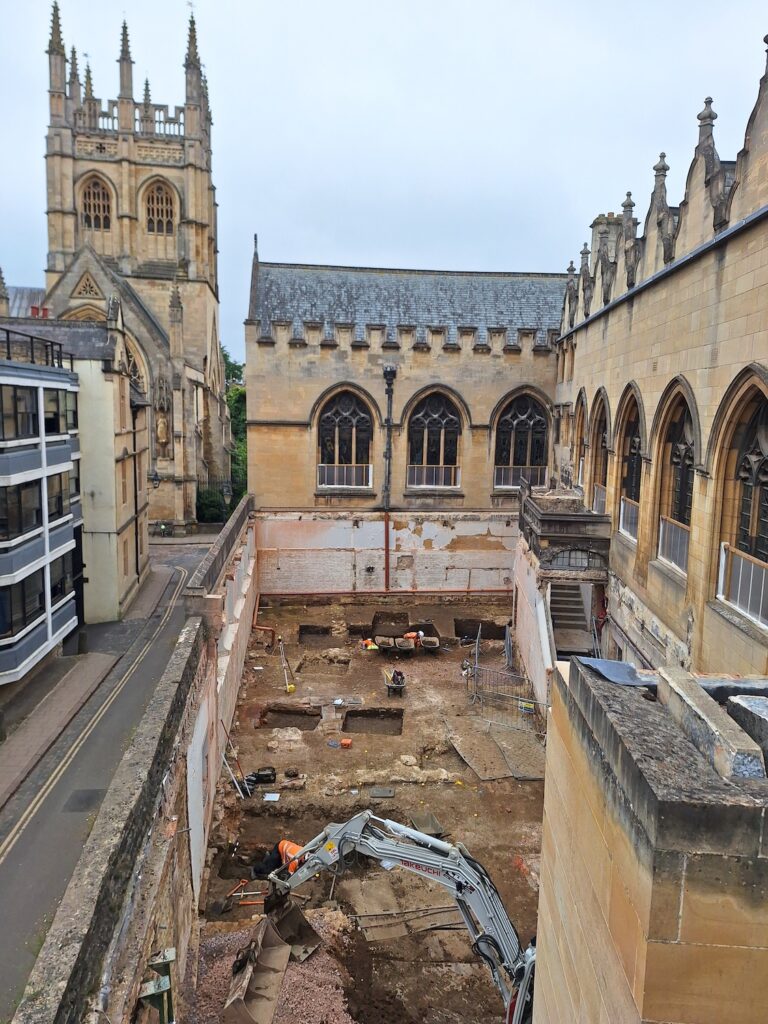
OXFORD, ENGLAND—According to a BBC News report, evidence of a defensive ditch constructed by the Anglo-Saxons has been detected in sediment cores collected at Oriel College by researchers from Oxford Archaeology. The study indicates that the ditch was nearly 10 feet deep and more than 60 feet wide, and was constructed between A.D. 880 and 950. This fortification is thought to represent the original eastern edge of Oxford, which began as a post on the boundary of the kingdoms of Mercia and Wessex as part of a larger defensive network. “There is no sign of these defenses now because over time the ditch had filled up with deposits and then been built over,” said team leader Ben Ford. Excavations outside the Bodleian Library in the late nineteenth century uncovered a section of wall thought to have been the northeastern corner of this original defensive wall. Taken together, the two excavations support the idea that Oxford’s fortified perimeter was square in shape, after the Roman fortification model. “We hope that further study will obtain a more accurate date and solve this fundamental question about the origins of our modern city,” Ford said. To read about a medieval mass grave uncovered at St. John's College at Oxford, go to "Vengeance on the Vikings."


